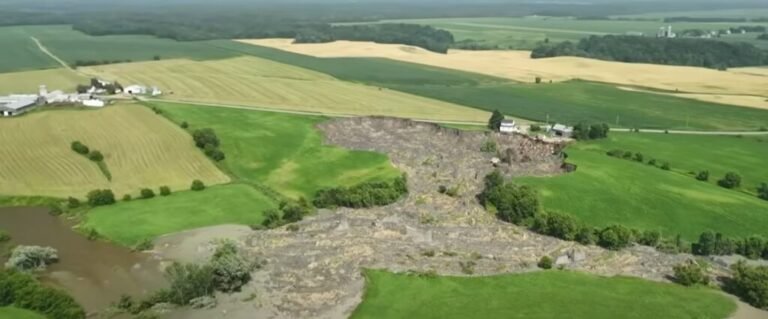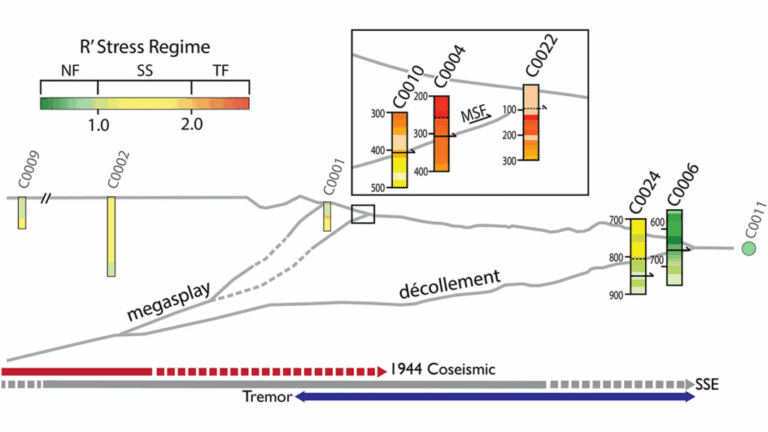

Source: Global Biogeochemical Cycles
Marine life plays a pivotal role in Earth’s carbon cycle. Phytoplankton at the base of the aquatic food web take up carbon dioxide from the atmosphere, convert it to organic carbon, and move it around as they become food for other organisms. Much of this carbon eventually returns to the atmosphere, but some ends up sequestered in the deep ocean via a process called carbon export.
Quantifying carbon export to the deep ocean is critical for understanding changes in Earth’s climate. Measurements in the Southern Ocean, a key region for global ocean circulation and a substantial carbon sink, are especially important but have been sparse, particularly in areas with sea ice that are difficult to access.
To address that gap, Liniger et al. used data from 212 autonomous, floating instruments known as Biogeochemical-Argo (BGC-Argo) floats to estimate carbon export across the Southern Ocean basin. These floats roam the upper 2,000 meters of the ocean, can travel beneath sea ice, and are equipped with sensors that measure physical and biogeochemical properties of seawater.
Though prior studies have used BGC-Argo data to estimate Southern Ocean carbon export, most focused on narrow regions or timescales and excluded sea ice–covered areas. The new analysis uses data collected between 2014 and 2022 by floats scattered across the entire ocean basin, including under sea ice. After developing a novel method to calculate carbon export using the floats’ measurements of sinking particulate organic carbon and dissolved oxygen change over time, the researchers estimated that about 2.69 billion tons of carbon sink to the deep sea each year in the Southern Ocean.
Their findings also suggest that carbon export varies significantly in different parts of the Southern Ocean, with only about 8% occurring in seasonally ice-covered areas. But the researchers say more investigation is needed to clarify the role of the highly active ecosystems in the sea ice zone, especially as climate change drives shifts in sea ice dynamics. (Global Biogeochemical Cycles, https://doi.org/10.1029/2024GB008193, 2025)
—Sarah Stanley, Science Writer

Citation: Stanley, S. (2025), Robotic floats quantify sinking carbon in the Southern Ocean, Eos, 106, https://doi.org/10.1029/2025EO250193. Published on 27 May 2025.
Text © 2025. AGU. CC BY-NC-ND 3.0
Except where otherwise noted, images are subject to copyright. Any reuse without express permission from the copyright owner is prohibited.


